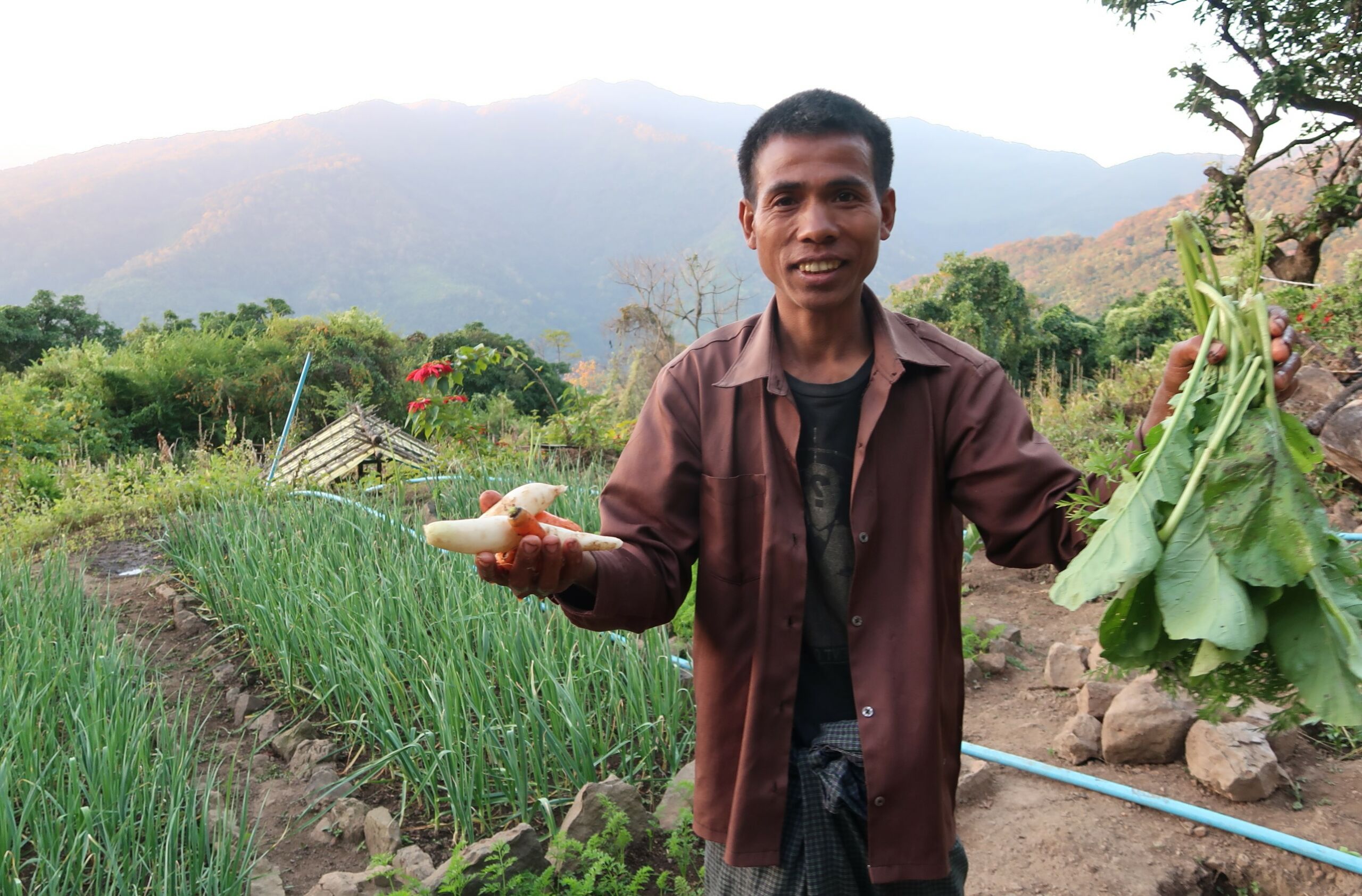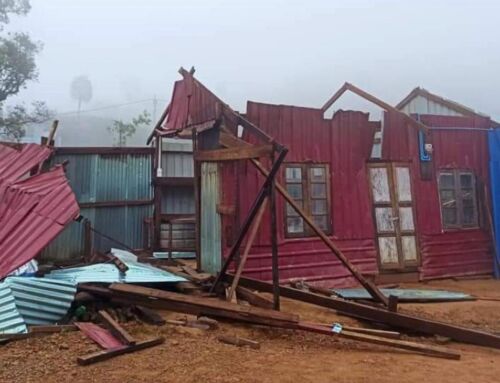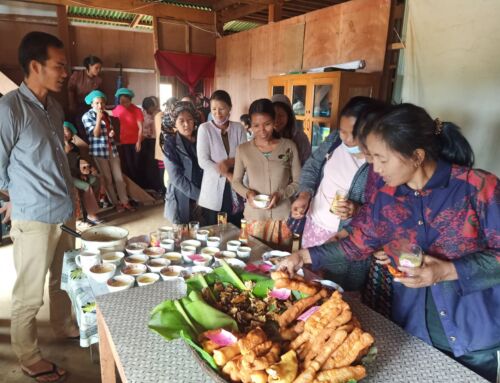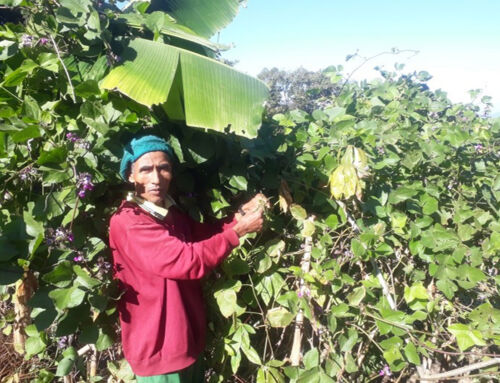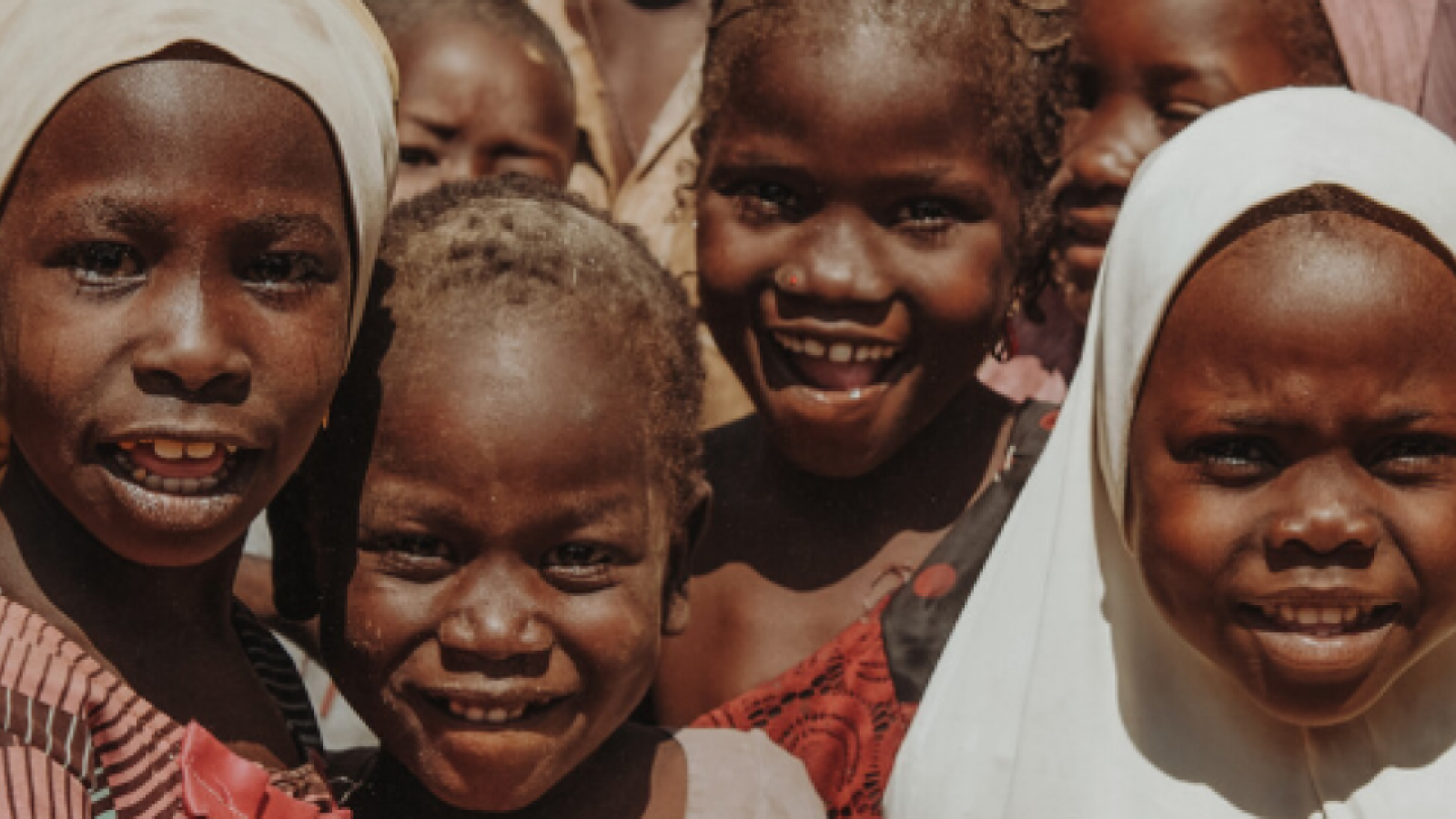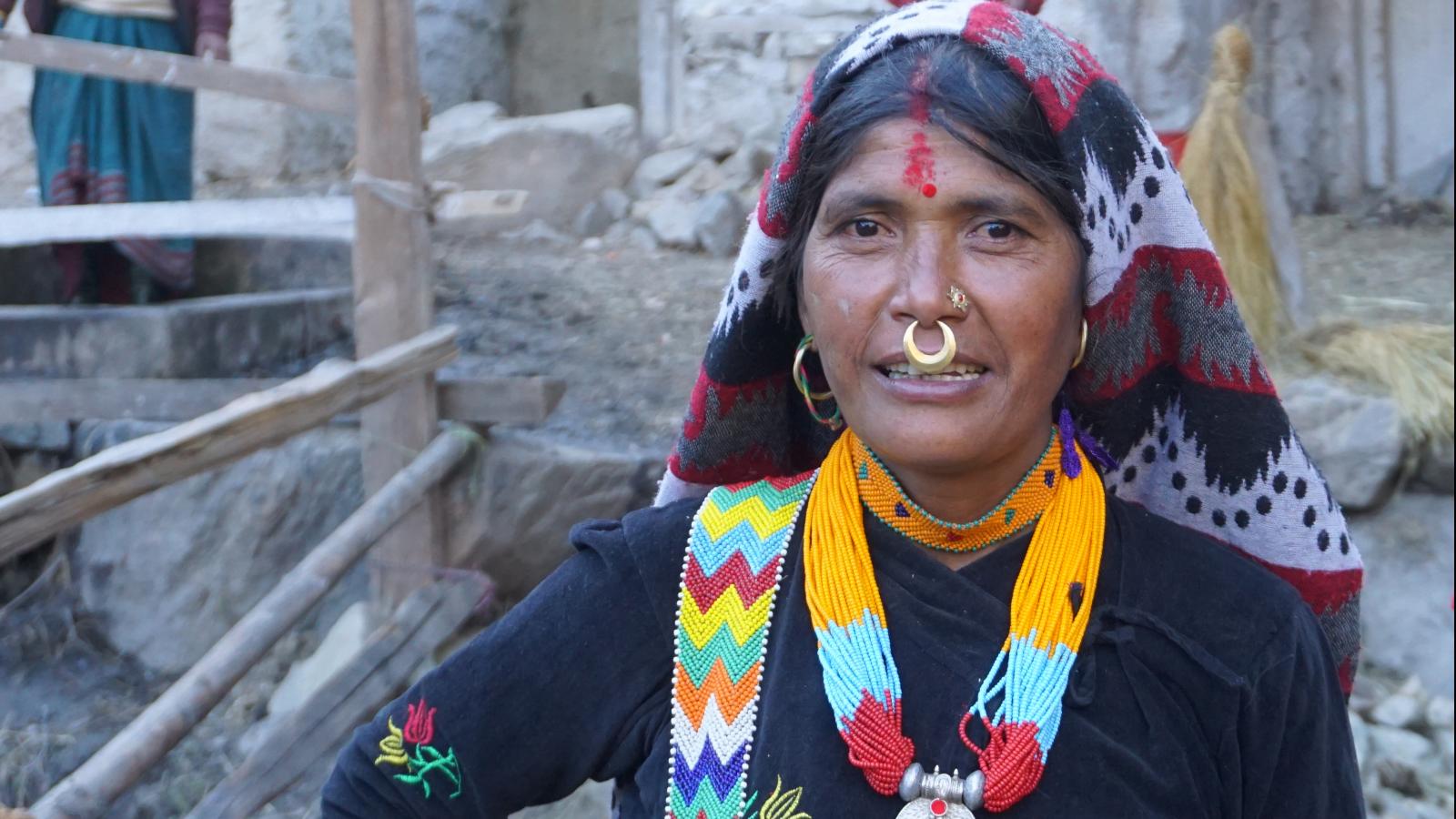Three meals a day, three kinds of vegetables at each meal, and three food groups each week. It is the recipe that should make the population healthy so that they have the profits to learn new sustainable cultivation methods and thus lift the remote Maraland out of poverty.
At home, we eat three times a day – at least! But in Maraland, Chin state in southwestern Myanmar, they only eat twice a day, and the diet consists of rice and maize morning and evening. The deficient nutrition causes anemia and eye inflammation in the children. These health problems can affect children’s ability to do well in school, which can have long-term consequences for their future opportunities.
Switching between crops
Mission East supports information campaigns and model farming to inform the Mara people of good nutrition and – not least – to teach them how to grow various nutritious crops in a sustainable way.
As part of the nexus work, Mission East remains in the intermediate phase of relief and development, to help locals to understand the possibilities of breaking many years of deep poverty.
“The Mara people are very poor because the access conditions are so poor. From the capital it takes 10 hours by bus, 16 hours by car and 10 hours by motorcycle to reach the Mara region. In most Mara villages there is no access by car, no electricity and no telephone connection. Explains Mai Ki, head of Mission East’s local partner organization ‘Together for Sustainable Development’ (TSD), who recently visited Mission East’s office in Hellerup, and told about the two tracks of the project: Practical education and sustainable agriculture.
“Before, we only grew rice and maize. We did not alternate between the crops, but changed the fields instead. Once the soil was broken somewhere, we moved somewhere else. Today we switch between the crops and not between the fields, ”smiles Mai Ki.

